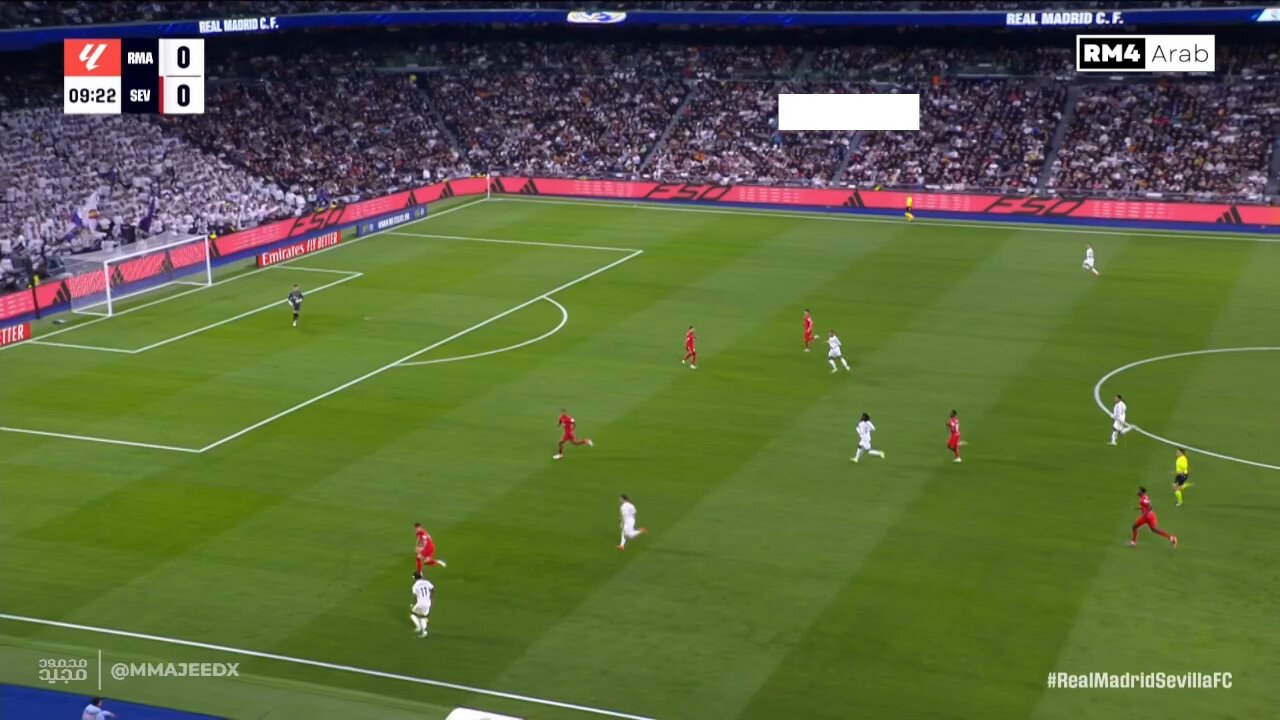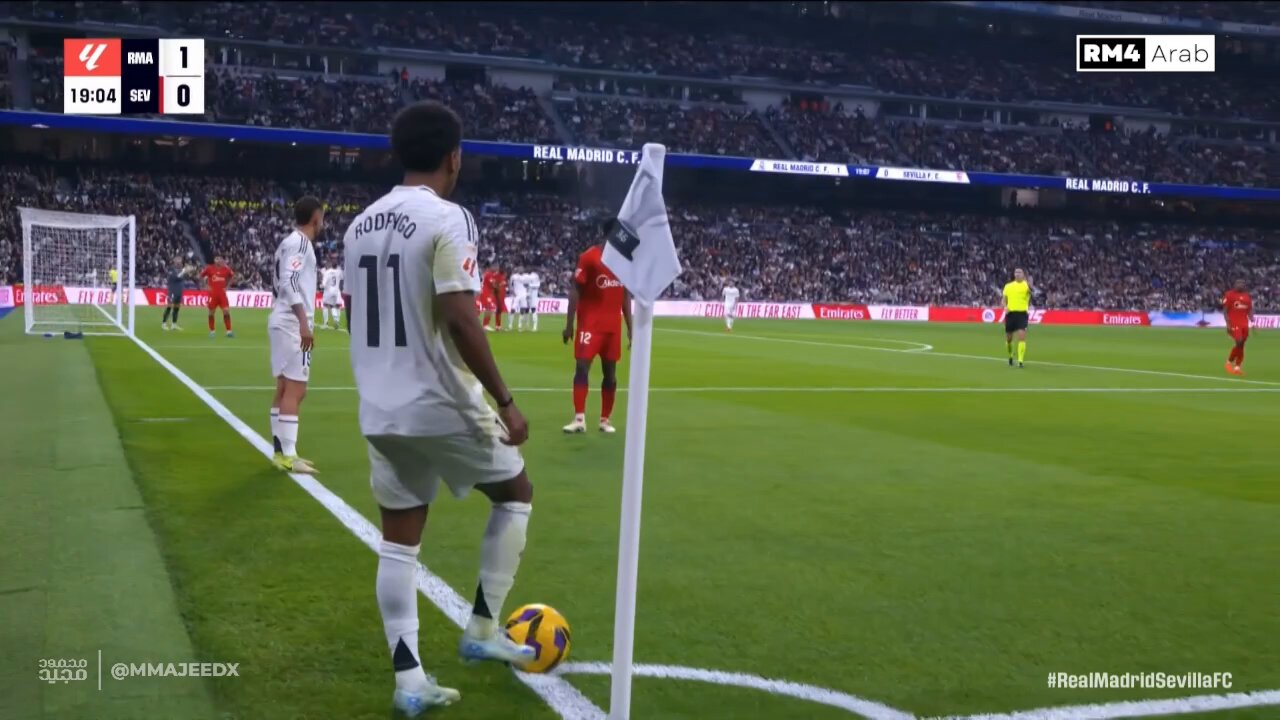Germany's cult clubs explained: St. Pauli, Union Berlin and Co.
From St. Pauli's currywurst train to Union Berlin's annual Christmas carols sing-a-long, German football has a number of Kultvereine — 'cult clubs' — who do things just a bit differently to everyone else.

There is no clear-cut definition of a 'cult club' just as there isn't a hard-and-fast definition of a 'big club.' But fundamental factors that come into it are what a club does off the pitch as much a what it does on it, while their fans — and the relationship the club has with them — also play a significant role.
bundesliga.com looks at some of German football's leading cult classics.
THE Kult club of German football — arguably world football — saw the light of day in 1907 in Hamburg, and has spent most of its history overshadowed by neighbours HSV.
But when 1980s Hamburg saw the development of a left-wing alternative culture in the city, St. Pauli — based in Kiez near the city's Reeperbahn red-light district — became the team associated with it.
What's Your Reaction?






















































